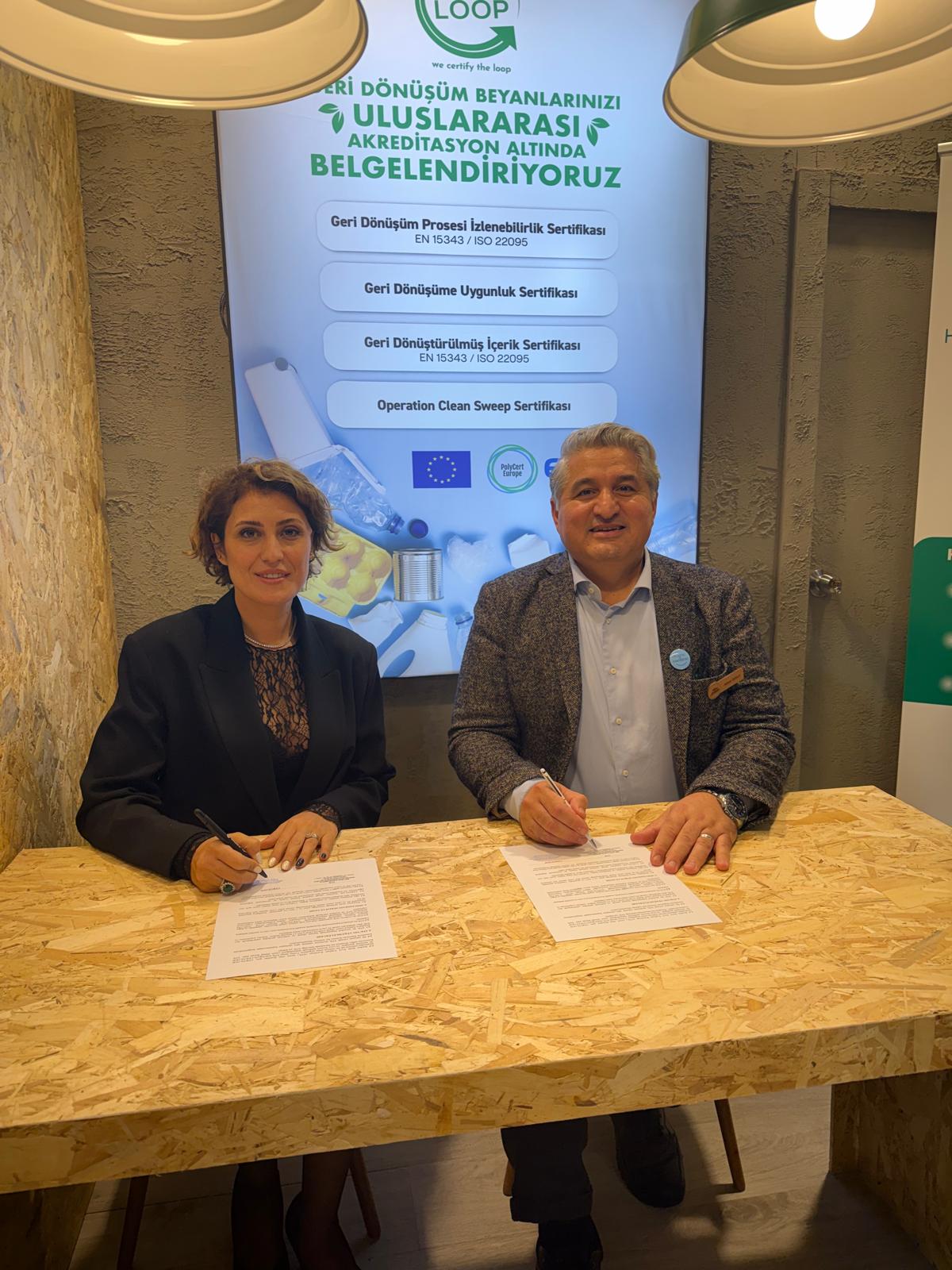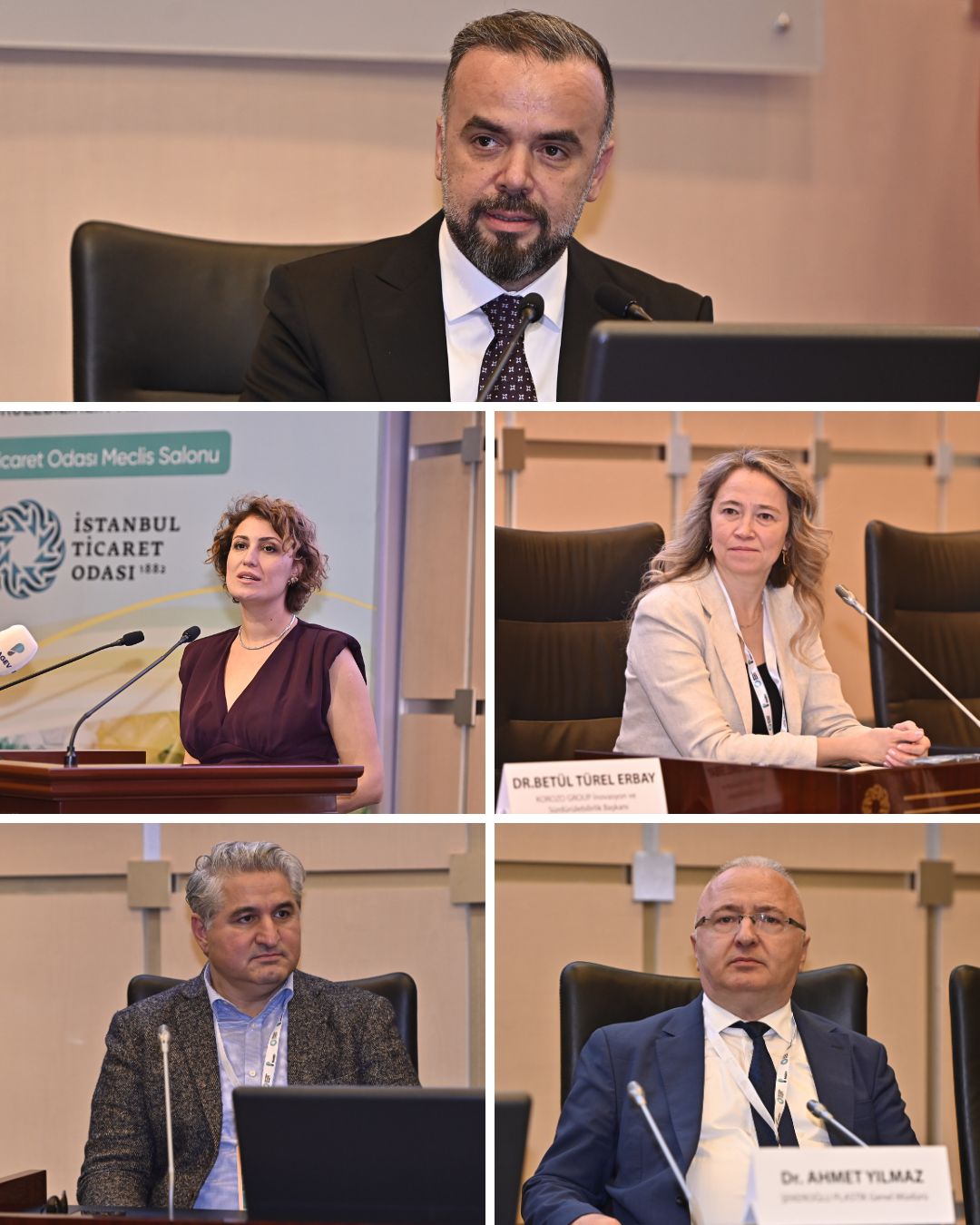Blog
A BRIEF OVERVIEW OF THE INDUSTRIAL TREAT...
Waste; It is any substance that is formed as a result of production, consumption and other human activities and that is no longer needed and desired t...
MoreEU PLASTIC TAXES IN THE FRAMEWORK OF A C...
Although there are 195 countries that have signed the Paris Agreement to limit CO2 emissions as of June 2021, each country sets its own targets within...
MoreWHAT DOES PLASTIC RECYCLING MEAN IN ZERO...
Technological developments brought by industrial revolutions brought environmental problems as well as development. Compared to 1900, the world popula...
More

 Turkish
Turkish







